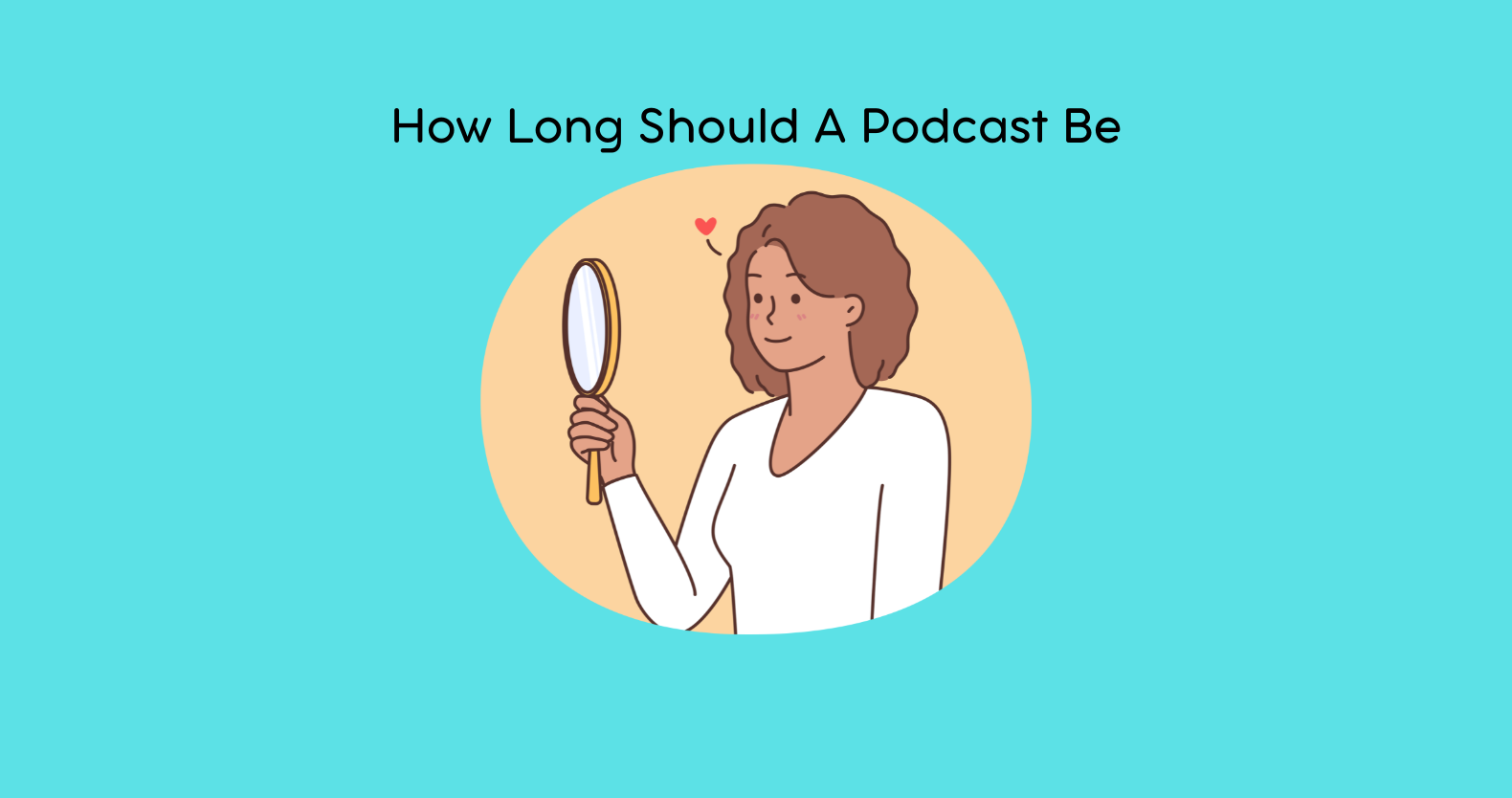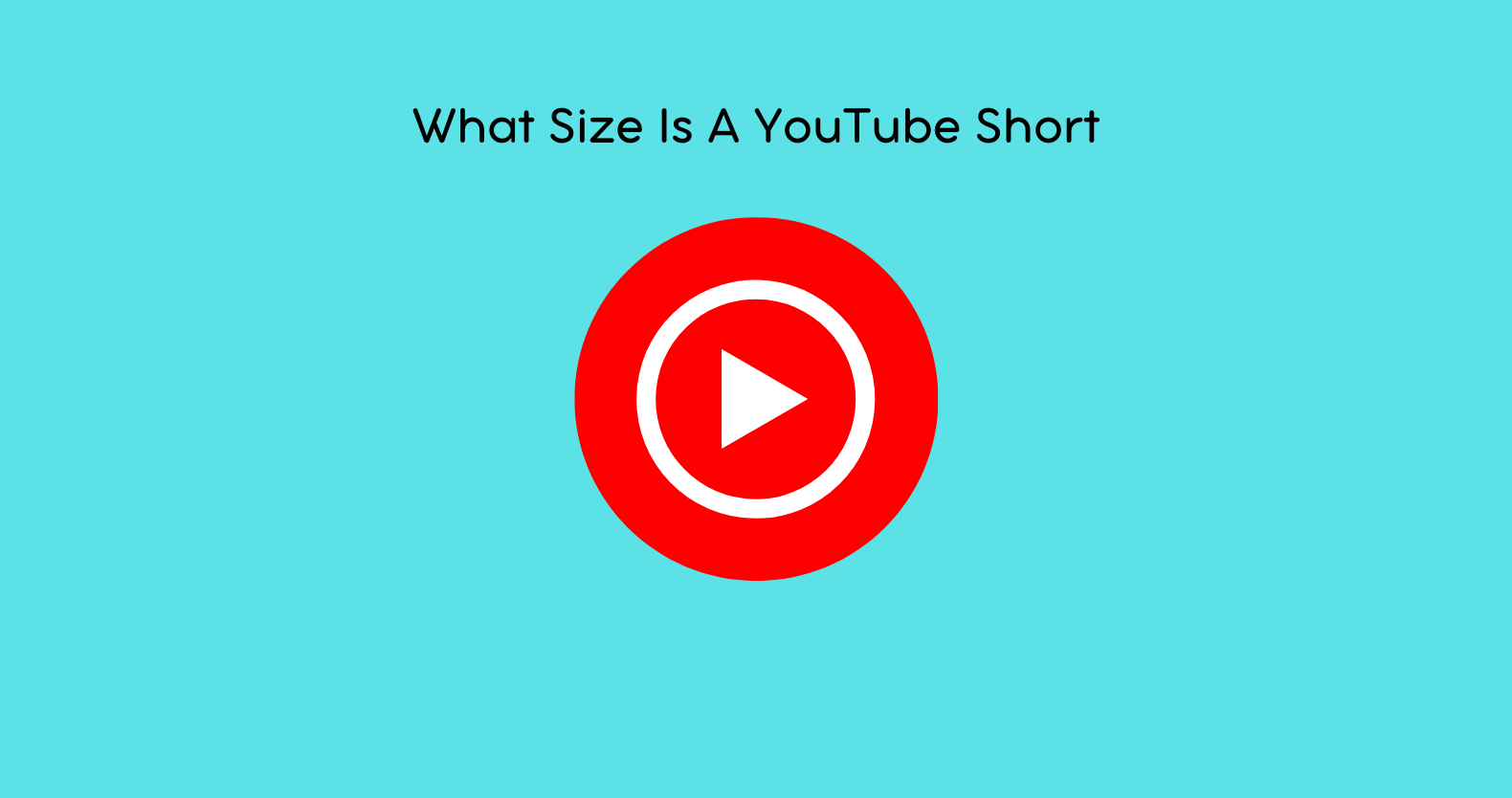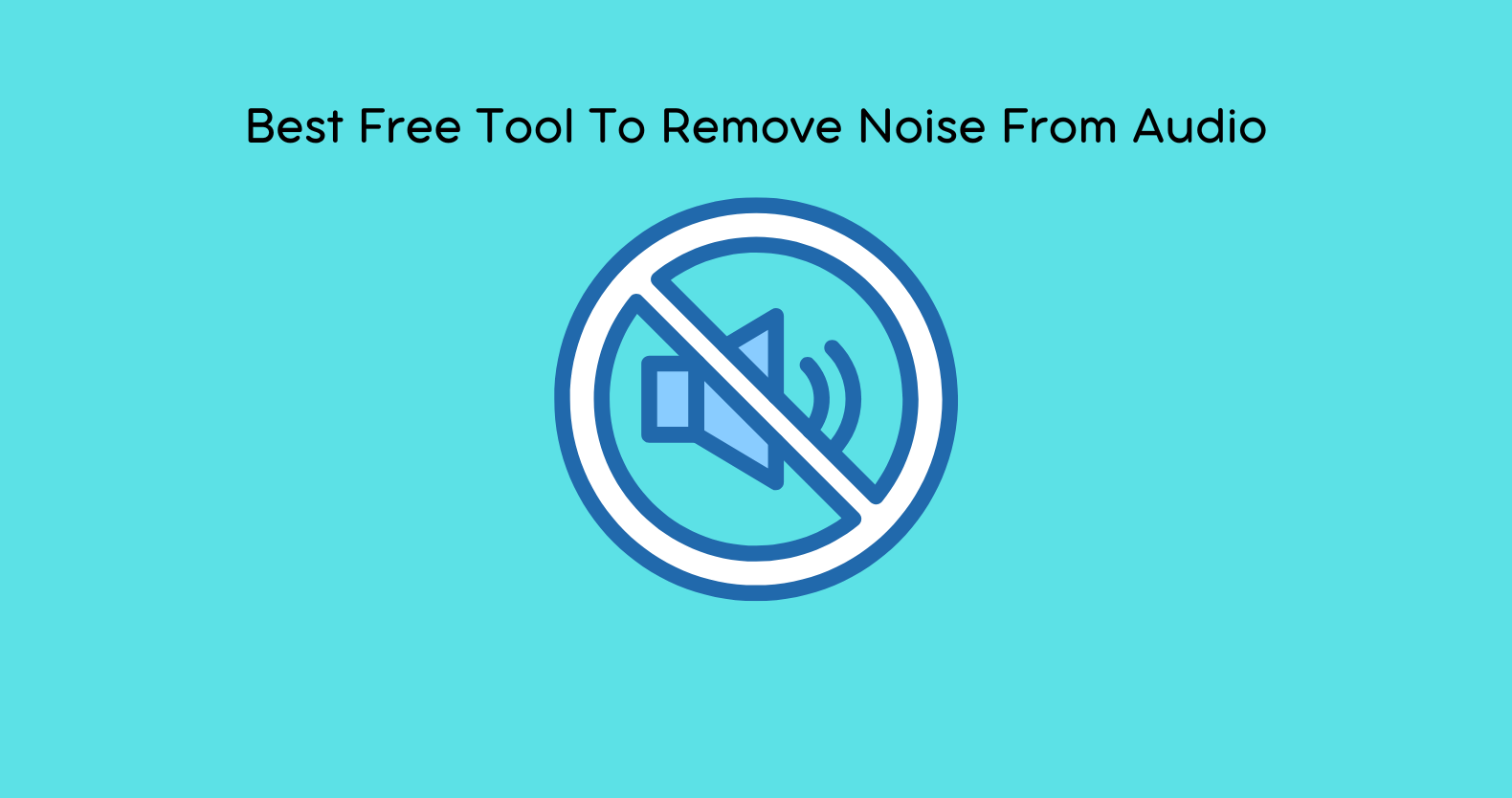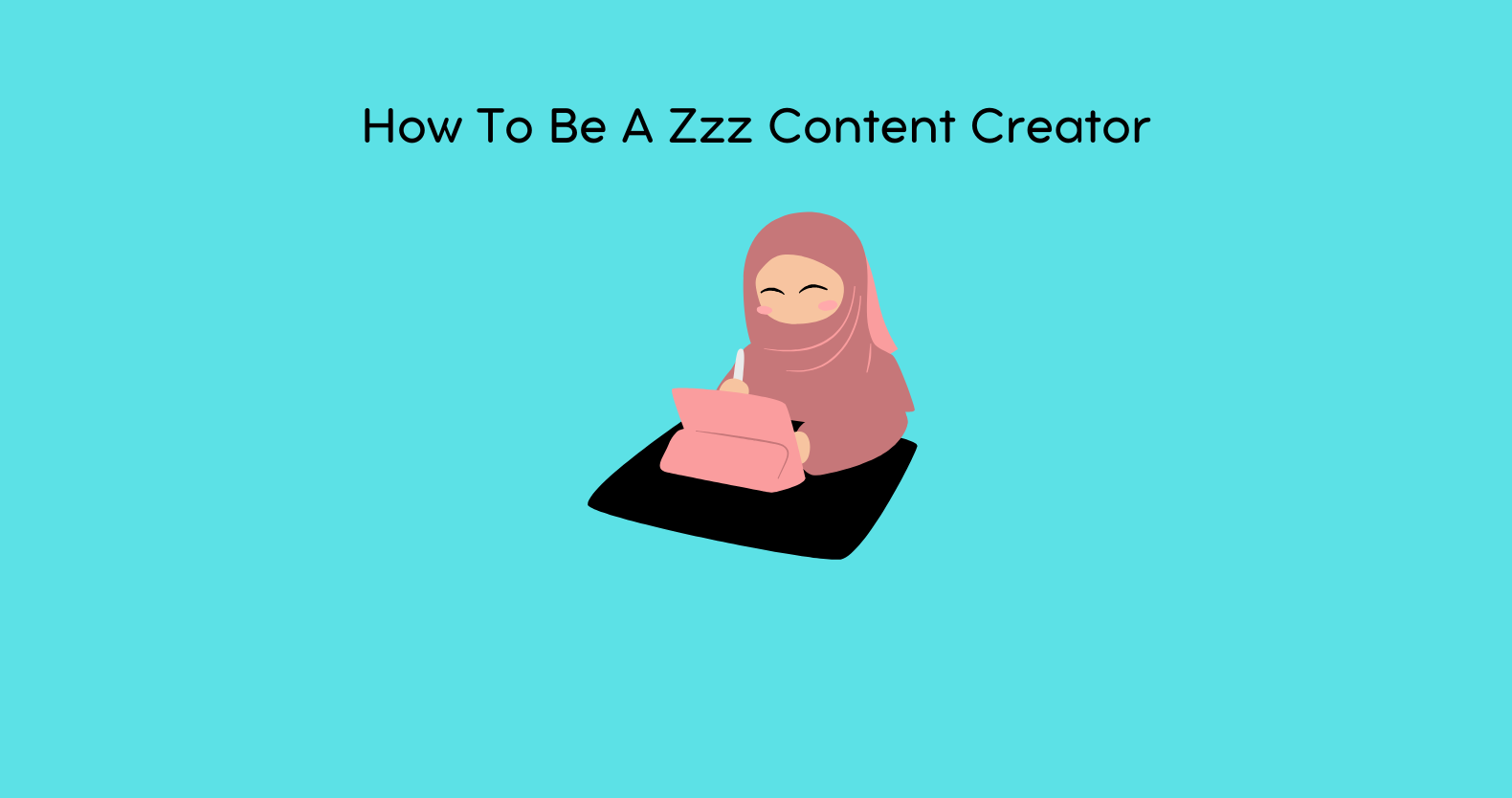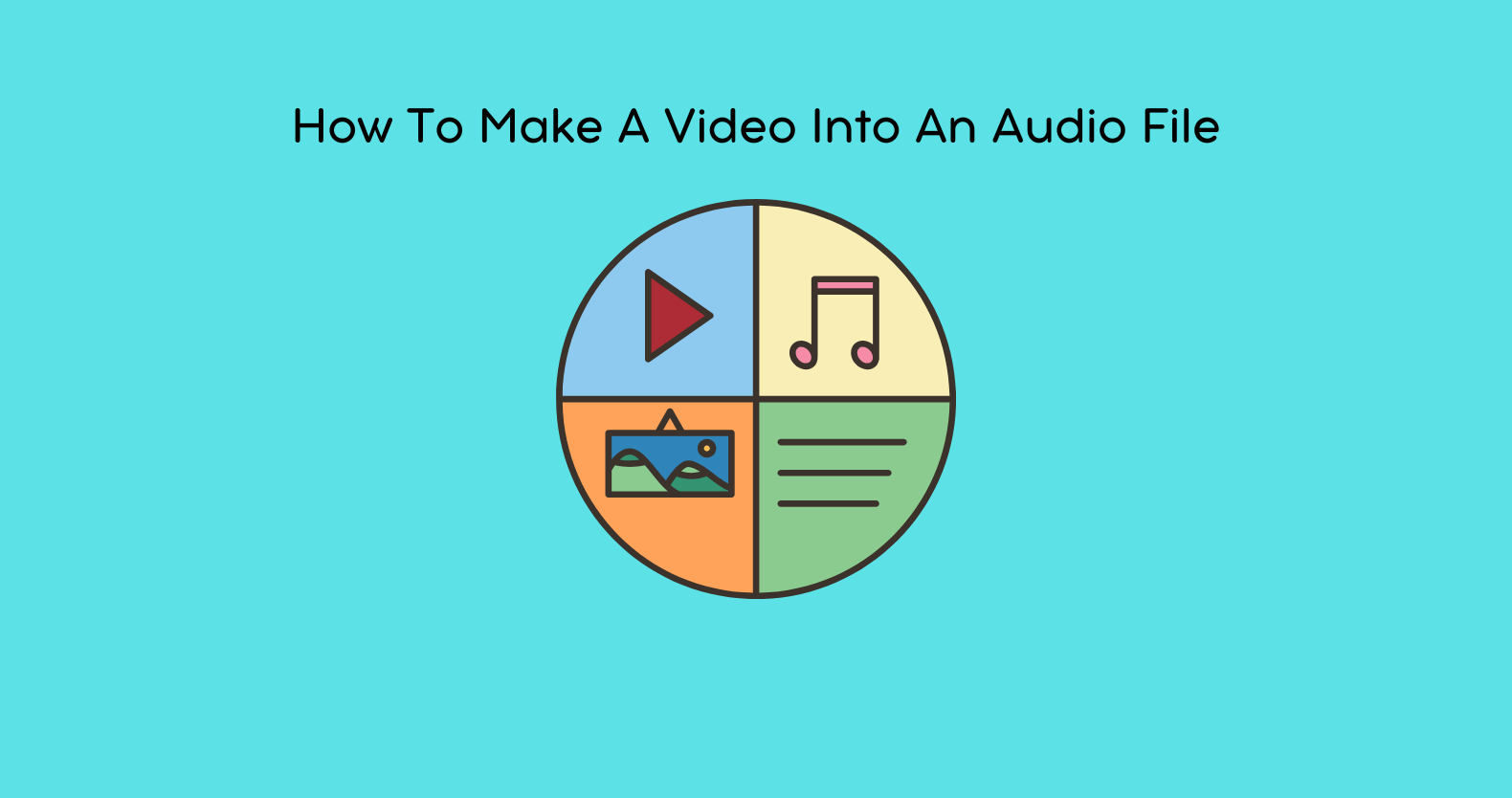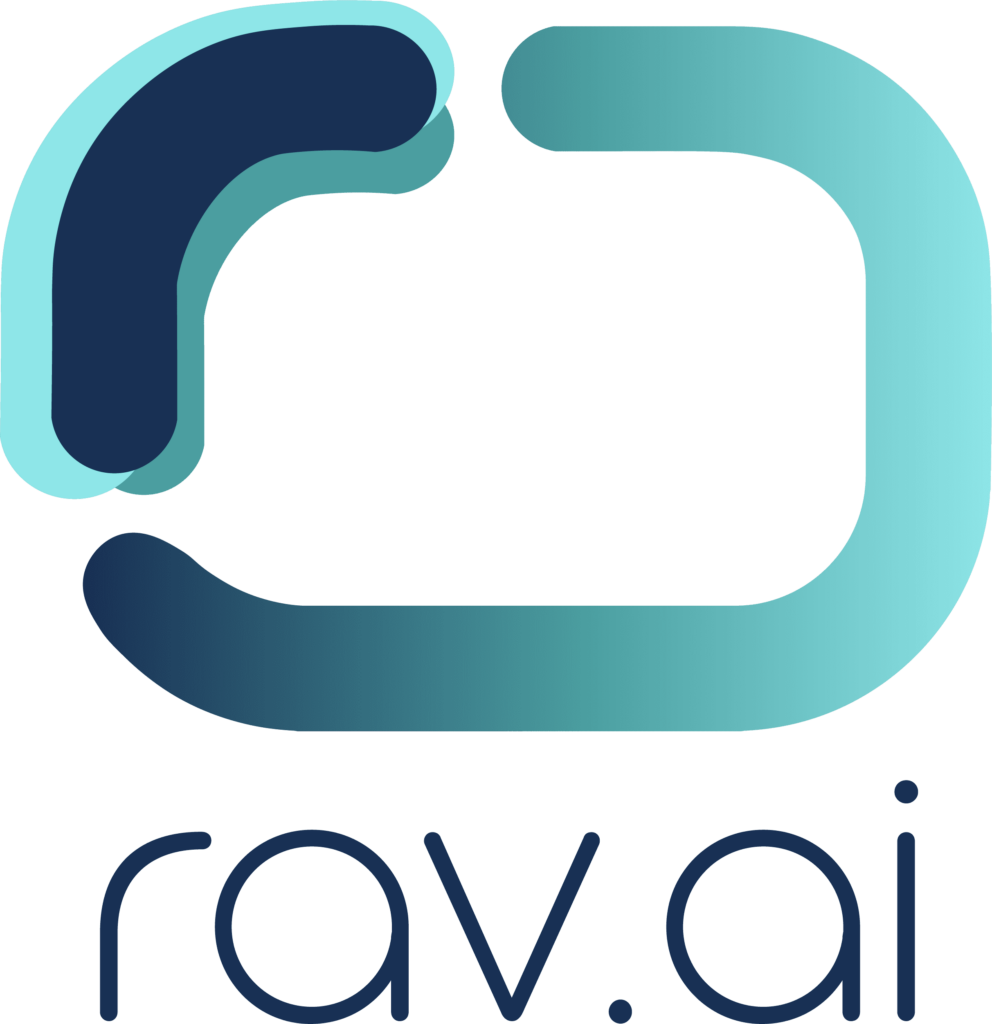The recent surge in content popularity has revealed podcasts as one of the most successful media formats. Amidst their diverse roles as a method for entertainment, education, and storytelling, podcasts maintain a strong presence throughout modern society. If you’re a content creator thinking about launching a podcast or refining your existing show, one of the most common questions that arises is: How long should a podcast be?
The best podcast duration varies across the medium, and producers need to consider multiple significant components when deciding on a length. This blog examines how to choose your podcast duration, reviews popular formats, and provides essential steps to decide on the perfect listening time for your audience.
Why Podcast Length Matters
The success of your podcast depends directly on how long each episode runs. People who listen to your content make both content and timing choices that determine their commitment to the podcast experience. Your short-running podcast may dissatisfy listeners since they believe they are not getting sufficient content value.
Extended podcast durations tend to disengage listeners and present an overwhelming experience. Your most critical pivot point is discovering the right balance between excellent content delivery and avoiding excessive duration.
Audio duration directly controls how listeners interpret a podcast’s formatting structure and composition. Between five minutes and one hour, the content duration becomes a primary factor determining both audience consumption methods and the frequency of visits to your content.
Understanding the components that impact your podcast length demands our immediate analysis.
- Which Genre Your Podcast Belongs To
The length requirements of different podcast genres function as specific carrying capacity controls. Your podcast episode length must align with the goal and format you established when creating your content.
Interviews or Storytelling Podcasts
Your podcasts need extended runtimes for lengthy investigative interviews combined with substantive storytelling elements. A podcast based on detailed topics, personal narratives, or multiple guest speakers works best under these conditions. Depending on the content volume, the length of the podcast interviews varies from 30 minutes to 60 minutes.
Why?
Episodes that span across longer time frames enable better examination of subjects and allow full narrative depth with increased tension build-up. Many podcast listeners appreciate the extended insights into their subjects of interest or the detailed aspects of whatever topic is presented. The Joe Rogan Experience, together with Serial, illustrates how successful podcasts use long episode lengths.
Educational or How-To Podcasts
Educational podcasts that instruct viewers about skills or transmit important intellectual material should maintain shorter episode lengths. Audio podcast producers must format their content into small, valuable segments for listeners to absorb quickly.
Optimal Length
Educational content should be between 20 and 40 minutes long. Regular production schedules allow for complete content presentation without subjecting listeners to excessive information density during one session. Podcast episodes need to maintain structural clarity while supplying practical knowledge points that keep listeners engaged throughout their duration.
Why?
When listeners visit your show for educational purposes, they need straightforward information presented precisely without additional unnecessary elements. By keeping the episode length short, the show maintains audience engagement since listeners stay focused on essential information throughout.
News or Updates Podcasts
Podcasts dedicated to news delivery, fast ensemble presentations, or event reports remain concentrated on strict information dissemination. Such podcasts succeed by keeping their duration brief because audience members need updates faster than lengthy conversational episodes.
Optimal Length
Typically, 10—to 20-minute episodes work best. The host maintains viewers’ engagement by delivering vital information within a time frame that allows the transmission to be short. Similar to listening to news articles, this format echoes the daily digest experience through spoken words.
Why?
People who listen to the news prefer rapid consumption of information that provides essential points while using limited time. Short episodes enable people to effortlessly stay updated on current events throughout brief commuting times during their lunch breaks and when undertaking alternative activities.
Panel or Discussion Podcasts
On-panel podcasts, which feature several hosts and guests speaking Lie, typically demand more extended episode run times to maintain plenty of space for various viewpoints. The content duration of conversations depends on how complex the topics become between two hosts during casual talks or structured arguments.
Optimal Length
A typical panel discussion podcast needs an episode duration ranging from 45 to 75 minutes. Participants can thoroughly examine the topic during this permitted timeframe, maintaining an energetic dialogue. More guests will typically demand extended durations that will stretch the upper range limit.
Why?
When using multiple voices in your podcast production, you create captivating episodes; however, you must invest additional time to handle varying ideas and off-topic conversations. The podcast duration gives listeners enough time for topics to progress fully.
- Your Target Audience
Your podcast’s length depends heavily on who makes up your target audience. Your listeners’ connection with your content, along with their everyday routines and listening habits, needs to affect you when determining your episode lengths.
Busy Professionals
Due to their limited time availability, busy workers and commuters would benefit from 15-—to 30-minute podcast episodes. This particular audience engages with podcasts in short periods during rest breaks, travel times to work, and throughout their daily journeys.
Podcast Aficionados or Enthusiasts
People who act as dedicated podcast listeners will enjoy longer episodes, while your audience consists of podcast enthusiasts who prefer lengthy content. The Audiophile listeners demonstrate steady podcast commitment, so they show a preference for episodes that exceed sixty minutes in duration.
Consider the Frequency of Episodes
Dimension dynamics between your audience determine the length of your podcasts. When managing daily releases, you need to maintain episode run times that are shorter than average to match audience availability. Podcasts released weekly or bi-weekly benefit from broader flexibility in runtime because listeners have longer available listening hours.
- Platform And Consumption Habits
The availability of podcast platforms forces users to follow individual consumption rules. The majority of listeners access podcasts through Apple Podcasts alongside Spotify, but Google Podcasts delivers content to niche listener groups that follow different listening patterns.
Mobile-First Platforms
Mobile device users listen to podcasts everywhere, including during travel, gym workouts, and household activities. Your podcasts must fit within time frames that match how your mobile-first listeners distribute their listening time.
Optimal Length
Most people who use mobile devices to listen to podcasts benefit from content that lasts 20-30 minutes so they can carry their daily load.
Podcast Networks or Streaming Platforms
The YouTube or Patreon platform allows flexibility for extended episode lengths between 60 to 90 minutes because users listen through their workday breaks at their desks.
- Podcast Consistency And Editing
Your decision about the duration of your podcast depends heavily on how consistent you want your show to be and your overall editing strategy. Extensive podcasts require extensive recording time, editing effort, and production refinement work. Producing long episodes demands a substantial time investment, which will require extra work on your podcast creation process.
Different content creators have adopted shorter-duration episodes to achieve stability and prevent exhaustion, while select creators have developed staff to manage their longer episode production times efficiently.
After deciding on your desired episode length, you can use RAV AI’s artificial intelligence solutions to improve your podcast’s production quality and interaction levels for optimization.
The RAV AI system enhances podcast audio tracking while decreasing background sounds, eliminating volume distortions, and boosting sound quality distributions. These audio optimization features allow listeners to achieve the best possible audio quality even when episode lengths vary.
Audience Insights
The analytics capability of RAV AI enables detailed tracking of listener duration,e locations where listeners leave, and the specific topics that attract the most engagement. Insights from audience activity provide critical feedback on modifying your podcast duration and how listeners interact.
Content Personalization
When you let RAV AI track engagement metrics, you can ensure that your content conforms to audience preferences. RAV AI helps you optimize the duration of your projects while keeping your content focused on delivering maximum value to viewers who want shorter listening periods.
AI-Powered Transcriptions
The transcription-generation feature of RAV AI helps create display text to optimize SEO while helping you generate show notes and turn podcast content into blog articles. When your podcast becomes more straightforward to discover and access through these features, you extend its reach to more potential listeners.
Conclusion
Any specific duration of podcast episodes can succeed in the market because there is no definite optimum length. The length of your content matters alongside the target audience and your objectives. When planning quick updates and complex discussions, consider your audience’s expectations while maintaining consistency with your content length.
Your podcast creation process should balance your audience expectations with your content structure and production ability for each episode. Use RAV AI to enhance your podcast approach while ensuring your content remains compelling and of expert quality.
Your podcast needs to be the optimal length to encourage listeners to subscribe and continue listening between episodes. Experiment often while remaining consistent, and listen to your listeners’ feedback to discover the length that best suits your show’s specific identity.

